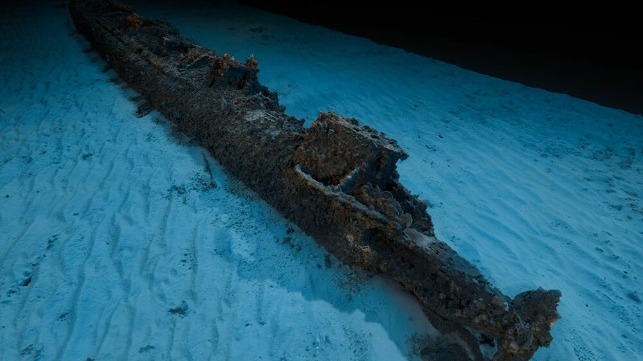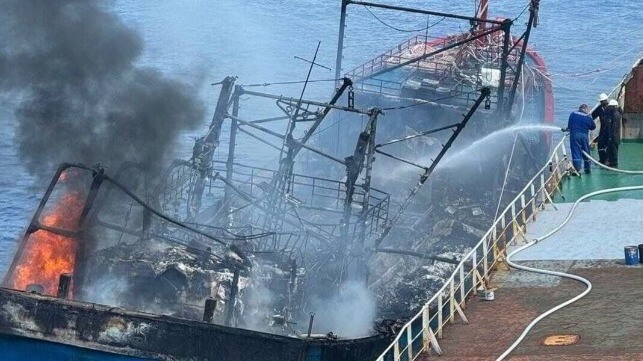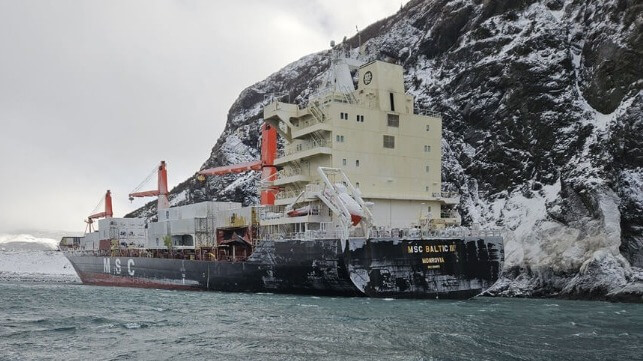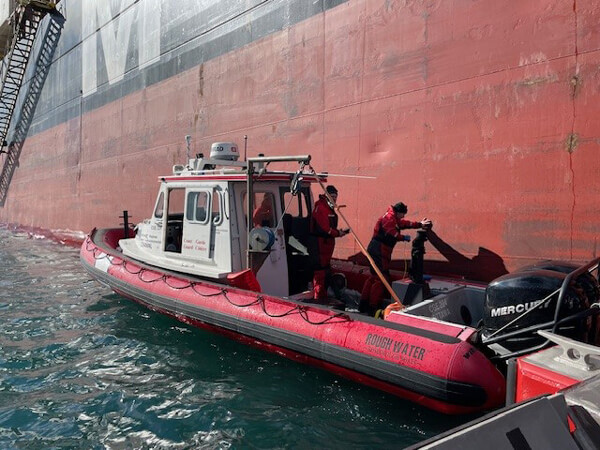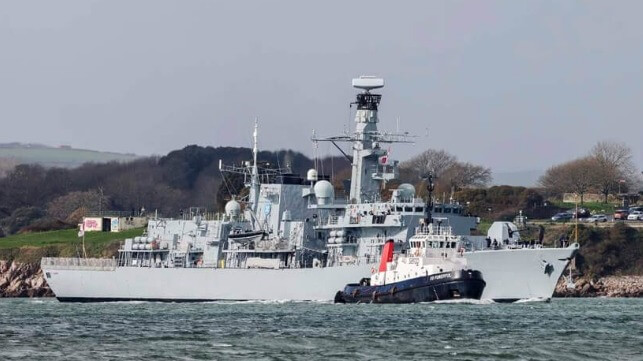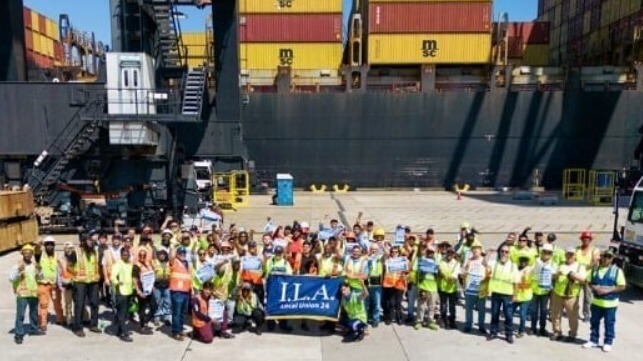Australia Seizes and Burns Two Illegal Fishing Vessels
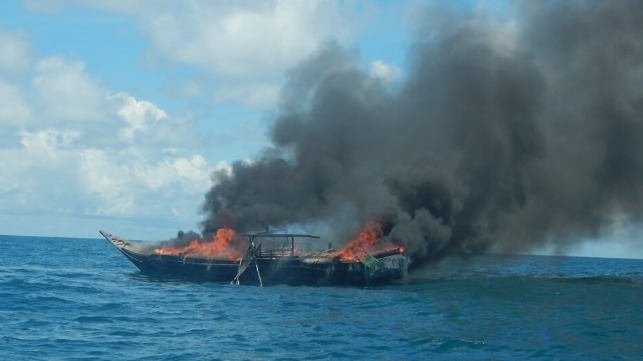
Taking a page from the tactics of former Indonesian fisheries minister Susi Pudjiastuti, the Australian Border Force has seized and burned two illegal foreign fishing vessels off the coast of the Northern Territory. It is the latest in a series of interdictions intended to cut off illegal migration and shut down illegal Indonesian fishing vessels in this far-flung region, where there are few settlements and limited government presence.
Aboriginal rangers spotted the foreign fishing vessels near Maningrida, a remote village with no connection to the national road network, and reported the presence to the ABF. On Sunday, ABF vessels located and intercepted the two Indonesian boats near Maningrida and Port Essington. They detained the fishermen, confiscated the catch of 1,200 kilos of sea cucumber, and seized the fishing equipment. The vessels were destroyed at sea, as allowed under Australian law.
“ABF is dedicated to responding to every report of illegal foreign fishing in the Northern Territory," Commander Griffin said. “We are grateful to the Djelk Rangers for their diligent reporting of this sighting. The unique and detailed knowledge that Indigenous ranger groups and Traditional Owners and custodians possess . . . is invaluable in supporting our efforts to protect our borders."
In December, the agency launched a new operation to intercept foreign fishing vessels that operate on the long and empty stretch of roadless coastline. The new push has been bearing fruit: in the first month of operations, 12 vessels were interdicted, resulting in the seizure of six tonnes of illicit catch.
Illegal fishing has been a problem for local Aboriginal groups for a long time, but the pace has recently increased, along with new evidence of human smuggling. In October, a group of up to 30 unauthorized migrants from four boats were reported in the Northern Territories - igniting a minor political furor in Australia, where maritime migration is rigorously discouraged.
